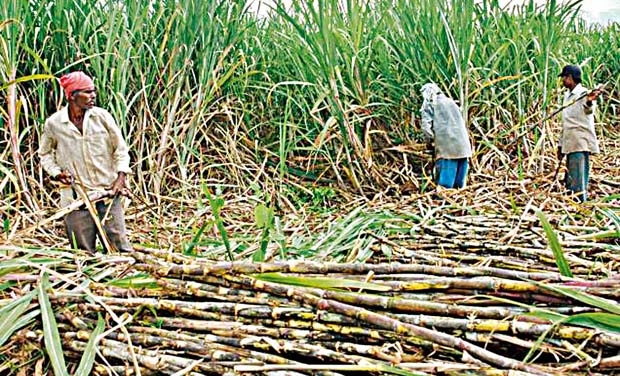The government’s plan to raise MSPs for crops to 1.5 times the A2+FL costs is likely to cost around Rs 1,75,000 crore in a full year if market prices are lower than the MSP by 20%. The exceptionally high cost of this plan, it is likely, was the reason for the delay in the announcement of this season’s MSP as the government was trying to work on ways to finance it; the plan is now likely to be announced later this week.
A calculation by Ashok Gulati, Tirtha Chatterjee and Siraj Hussain at Icrier a few months ago put the cost at Rs 113,035 crore, assuming the market price of crops was lower than the MSP by 20%; the figure was Rs 56,518 crore if the fall was 10% and Rs 169,553 crore if the fall was 30%.
The Icrier analysis, however, was based only on the marketable surplus, an assumption that may not hold when the government is promising an MSP for crops and saying it will compensate farmers at this price if the crop is not procured. In which case, it makes sense for farmers to bring in all their produce to sell to the government and buy back what they need for consumption from the market later, when prices have fallen. Madhya Pradesh’s Bhavantar saw an increase in market arrivals as farmers realised they could get a better deal, though 100% arrivals may not happen for a few years.
The analysis does not take sugarcane into account since, though its MSP — fair and remunerative price (FRP), in jargon — is two times A2+FL costs, cane is mandatorily purchased by sugar mills. Horticulture crops are not included in the proposed MSP scheme either.
If market prices are 10% lower than MSP, the cost of the price deficiency plan will come down to `86,982 crore and it will rise to Rs 2,60,947 crore if the price deficiency rises to 30% — in all cases, it is assumed that farmers will bring all their produce to the market.
Rice and wheat, needless to say, account for more than half the payment — 34% in the case of paddy and 21% in the case of wheat. Cotton procurement will add to around 11% of the total costs.
It is because of such high costs, and the distortions this will cause in crop production, that Gulati recommends using the China model — now being used in Telangana — of a per acre cash support instead.
Paddy MSPs, for instance, will rise by 13% while wheat will rise by 5%, maize 15% and cotton by 28% under the 1.5 times the A2+FL scheme. In the Telangana model, where Rs 5,000 crore has already been disbursed to 47.5 lakh farmers, a sum of Rs 8,000 per acre is promised in two equal instalments in the year — the scheme was operationalised on May 10 this year.
According to Icrier’s calculations, if a Rs 10,000 per hectare cash transfer is given at an all-India level, this will cost the exchequer Rs 1.97-lakh-crore divided between the Centre and the states. Since the scheme does not discriminate between crops in the manner the MSP one does, it will not influence what farmers grow.












